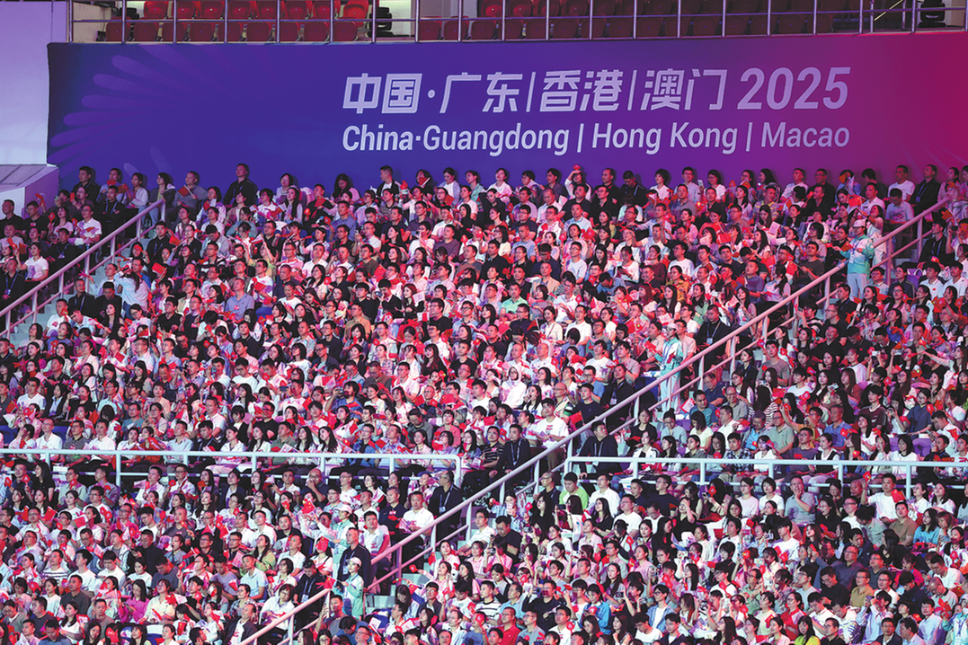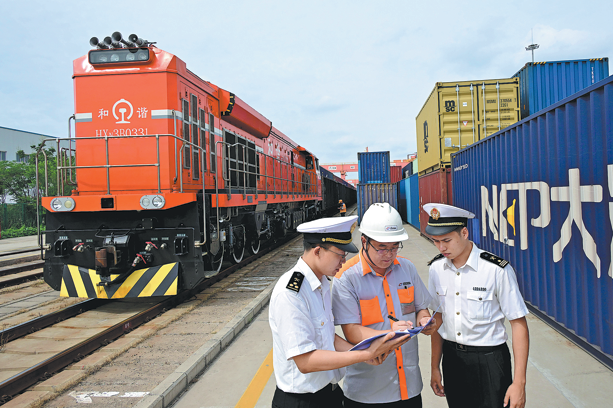Learning from Singapore's success

Chinese cities need to adopt holistic approach toward water resource protection
Last October, chromium residue, a toxic by-product from a chemical factory in Lianggou village of Yima city in Henan province, leaked into the soil and polluted groundwater. Villagers had no clean water to drink, and the local government had to transport water to them.
In February, water supply to about 50,000 residents in Foshan, in Guangdong province was disrupted when wastewater discharged by an aquatic farm polluted a stream, the water source for the local water plant.
Water pollution is becoming a major challenge in China. The government has put resolving water issues, including water resource protection, high on its agenda. It may be useful for Chinese cities to look at practices of others for possible adaptation.
Singapore is a country that has overcome the challenges of water scarcity and pollution, which it faced when it obtained independence in 1965. Today, its population of more than 5 million enjoys access to high-quality piped water, which can be drunk straight from the tap, and modern sanitation.
As a city-state of only 714 square kilometers, Singapore has limited land for water catchments and other needs. Prudent land use was adopted to minimize any negative impact of economic development on the environment. Polluting industries were also prohibited within water catchments. The Public Utilities Board (PUB), which is the national water agency, worked closely with the Urban Redevelopment Authority, the nation's land use planning authority.
The government resettled squatters, relocated street hawkers and farms, and subsequently phased out pig farms in 1984. A 10-year project to clean up the Kallang Basin and Singapore River, which used to be highly polluted, was completed in 1987. The cleanup made it possible for the Marina Reservoir, the country's largest reservoir, to be created in the city center in 2008.
PUB manages water catchments, water supply, wastewater, and flood prevention in an integrated and holistic manner.
In 1965, only 45 percent of Singapore's population had access to proper sanitation. By 1997, Singapore was fully served by modern sanitation.
Wastewater is collected through underground sewers that lead to sewage treatment plants. This network is separate from the storm water collection system of drains that channel storm water to rivers and reservoirs. The separation prevents wastewater from polluting waterways and reservoirs, and stops storm water from entering the wastewater network and causing overflows.
All wastewater is secondary-treated to international discharge standards. Since 2003, much of the treated used water is further purified to produce high-grade reclaimed water known as NEWater. The quality of NEWater is even better than most international drinking water standards.
Comprehensive regulations and strict enforcement ensure that wastewater is properly managed. All premises in Singapore are required to be connected to the public sewers.
Besides, Singapore imposes stringent limits on the physical and chemical characteristics of effluents that industries discharge into public sewers. On-site monitoring systems at factories, sewer networks and sewage treatment plants provide early detection of illegal discharge and adequate time for remedies.
Penalties are also imposed on polluters. The PUB regularly rehabilitates aged public sewers to minimize leaks from the sewer network contaminating waterways and reservoirs. Moreover, gross pollutant traps are installed in drains and canals to trap debris.
Since 2006, PUB has been integrating reservoirs and waterways into the urban landscape in a nationwide project called the Active, Beautiful and Clean Waters Program, creating green and blue spaces for residents to enjoy recreational activities. This also instills a sense of ownership and educates residents on the importance of keeping waterways clean and conserving water.
Singapore's experience shows that cities need to adopt a holistic approach in water resource protection. This encompasses water supply management, wastewater management, and storm water management. Moreover, public education is essential.
The author is a research associate at the Institute of Water Policy, a research center under the Lee Kuan Yew School of Public Policy at the National University of Singapore.
(China Daily 03/09/2012 page7)
Today's Top News
- China warns Japan against interference
- Nation's euro bond sale shows investors' confidence
- No soft landing for Tokyo's hard line
- Commerce minister urges US to increase areas of cooperation
- Strong demand for China's sovereign bonds signals global confidence
- Ministry urges Japan to 'maintain self-respect'































